
Gardening can be fun and easy, or complicated and frustrating. It all depends on the quality of your experience in the garden.
In part, the abundance your garden produces is reliant on the weather or your irrigation system. It also depends on your knowledge, understanding and gardening skills that are acquired season by season.
A well-seasoned gardener is one who has done the work of sowing, weeding, watering and diligently harvesting their crops. They also know the benefits of crop rotation in the garden. Witnessing a bumper crop acquired from trial and error, or by keeping a garden journal of what was planted where and when.
What is crop rotation?
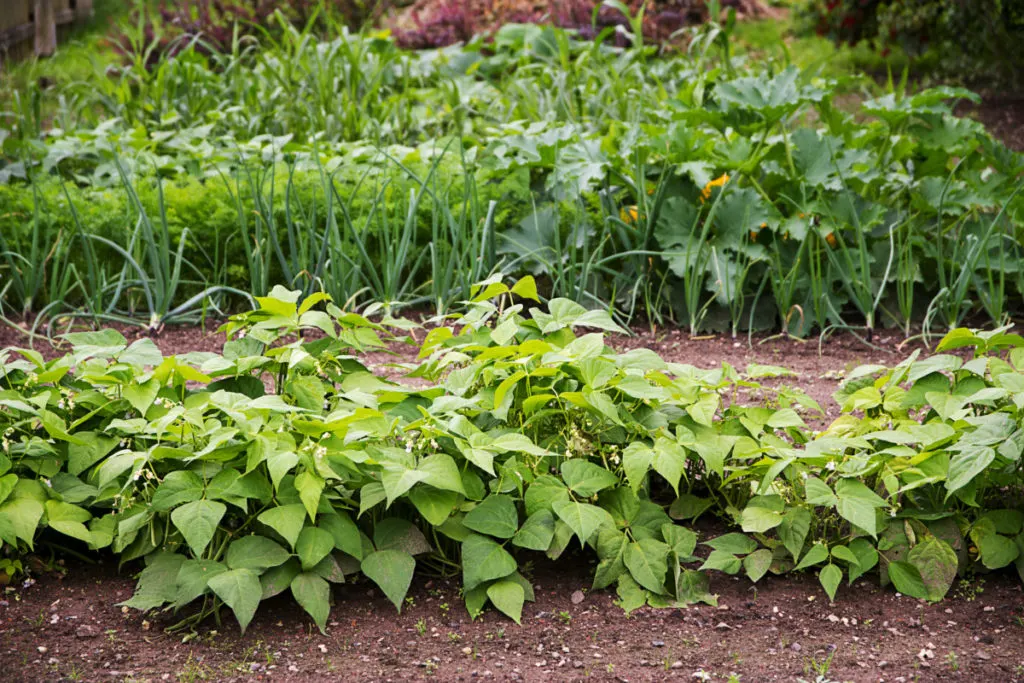
Crop rotation is the practice of planting different kinds of plants, in different parts of the garden, in different seasons.
In essence, rotating what is planted where.
Crop rotation may even entail not planting anything at all. To let the soil simply rest and rejuvenate for a season. I know, it is a hard thought to think about when your garden is small. But, what about when your garden is large?
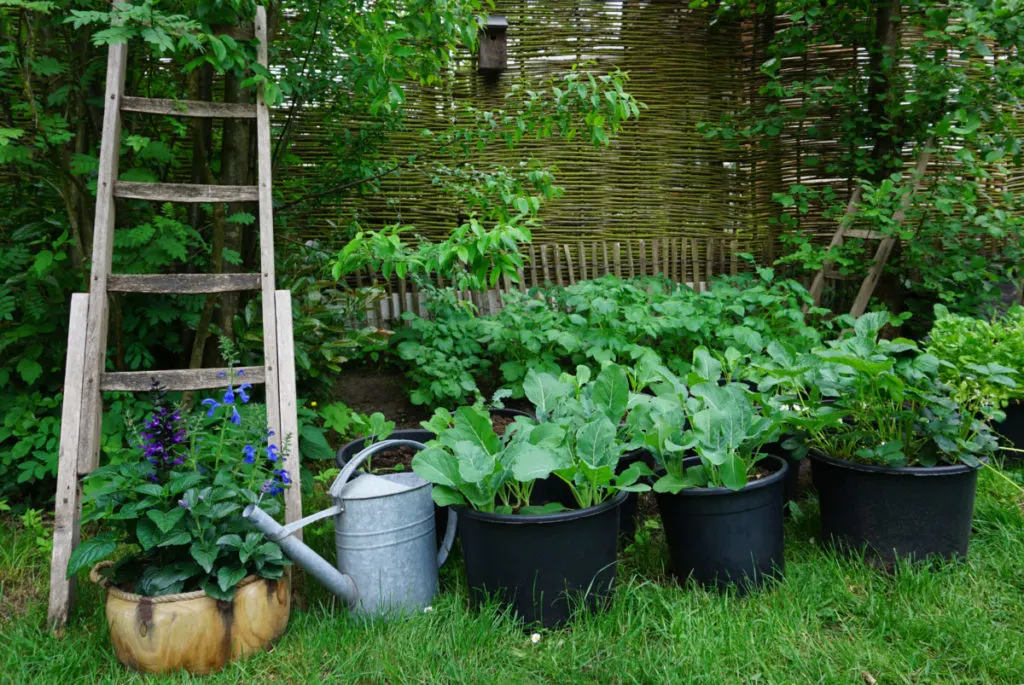
As an alternative, you could always try container gardening for a season, as your garden soil rests. Who knows? You might be willing to give your soil a break as soon as you find out the benefits of rotating your garden crops.
If you really can’t skip a summer without a garden, you’ll want to stick around to learn more about why Brassicas follow legumes. And why potatoes follow Brassicas.
Benefits of crop rotation in your garden
If the idea of crop rotation seems confusing, know that you’re not alone.
Combine that with companion planting and you’ve just created an arduous maze in your mind and in your garden.
Not only do you have to map out where crops are to be planted this season, but you also need to remember where they were in the last one. Even try to imagine where they will grow in the next…
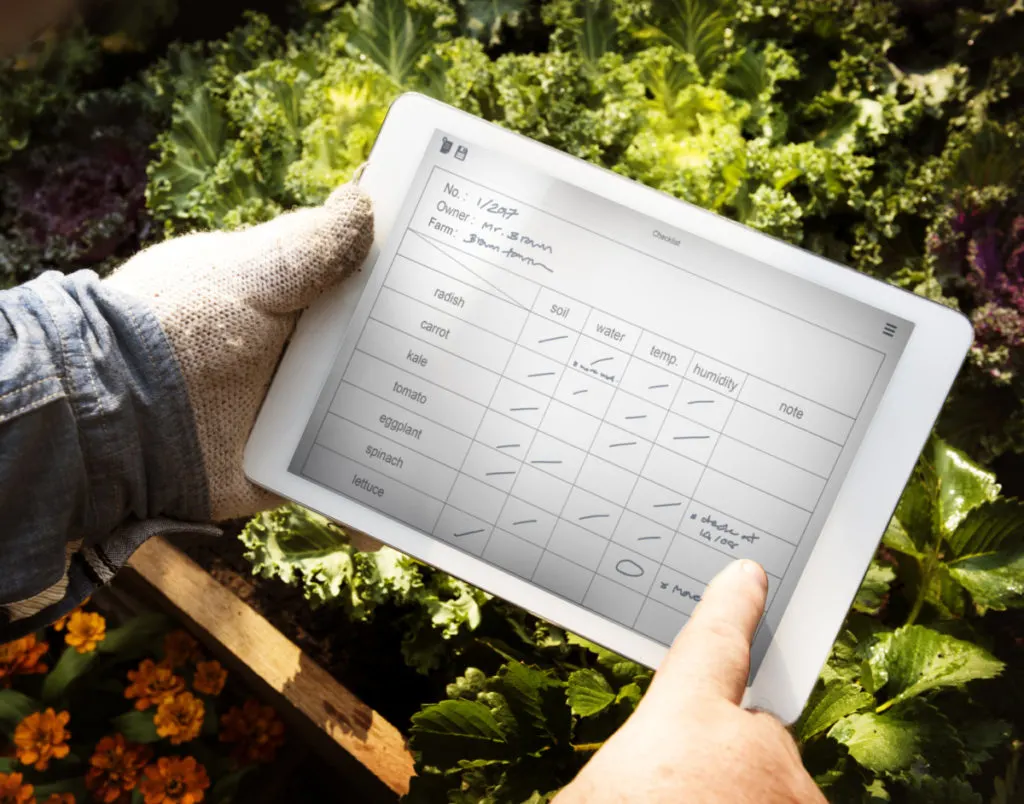
It will get easier in a moment.
For now, let’s take a look at the benefits of crop rotation in your garden.
Benefits of Crop Rotation
Improves soil feritlity
When you rotate crops, different nutrients are left in the soil for future use rather than being depleted.
Increases crop yield
Because soil fertility is strengthened over time, your plants have the best chance at thriving with minimal input.
Improves soil structure
Different crops have diverse root systems. Planting one after another can greatly enhance the overall composition of the soil.
Reduces pests and diseases
Many pests prefer to overwinter right where they fall – below an already broken down plant. To break the cycle, move your crops to another location in the garden – or skip a season of growing that particular crop altogether.
Lessens weeds
Weeds are a relative term here, considering that many garden weeds are edible. Nevertheless, weeds can make any garden appear unkept. Crop rotation is a natural and traditional weed control technique.
Minimizes, or eliminates, the need for fertilizers
As you rotate your crops: you build soil, add beneficial nutrients and prevent the buildup of unnecessary fertilizers that leach into the soil.
But, aren’t fertilizers good for the soil?
Some are and some aren’t. Too much of a good thing is still too much. Not only for you, for your plants as well.
If you want to grow organic, there are plenty of natural fertilizers available. You only need to seek them out: banana peels, bone meal, comfrey, nettle, seaweed and more.
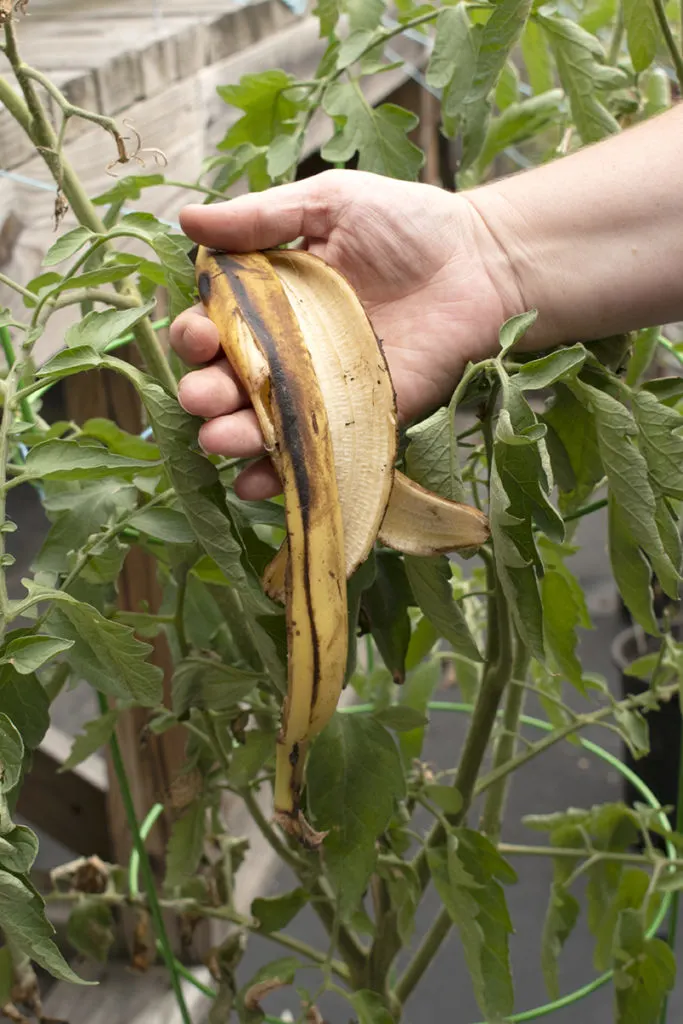
Are there disadvantages to crop rotation?
Where there is a no, there is always a yes. It also works the other way around. So, while there are many advantages to crop rotation in your garden, there are also times when it doesn’t work so well.
Misinterpretation, or not following the rules, often results in inferior results. Which may lead one to believe that crop rotation doesn’t work. Or at least, it doesn’t work for them. Therefore, it just isn’t going to work unless you are willing to do it right.
It is a vicious cycle.
Crop rotation in a small garden can impose certain limitations on the crops you love to grow and eat. Because in order for it to work effectively, you may need to introduce some crops you neither want to grow nor eat.
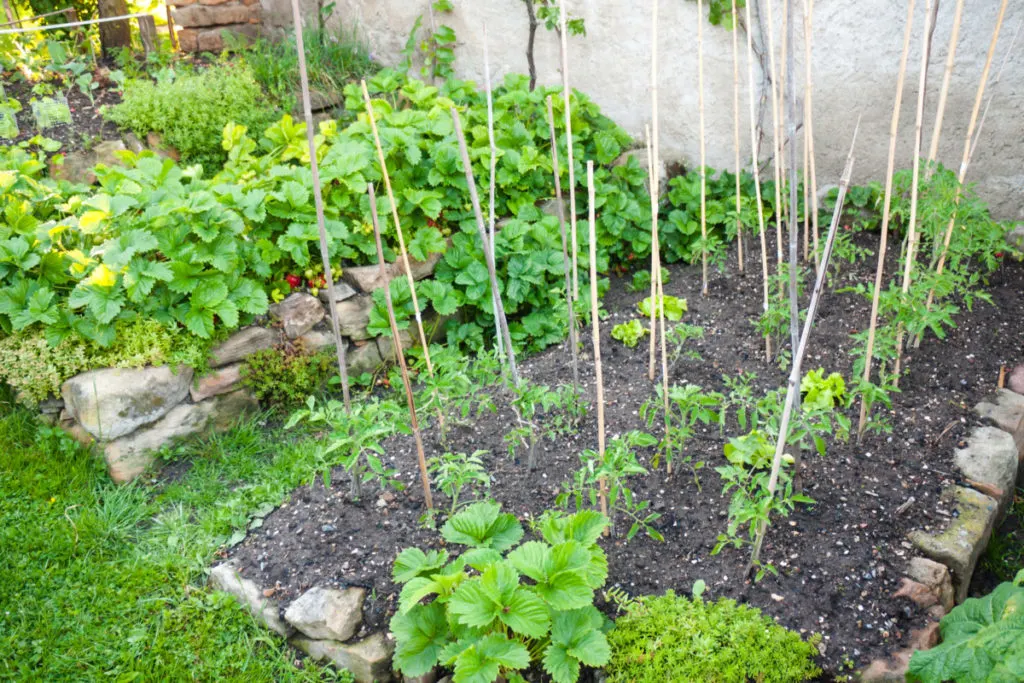
Investing in crop rotation also assumes that you know how to grow a diverse amount of crops.
While there are plenty of articles out there about growing tomatoes, peppers, cabbages and the like, no one becomes a master gardener overnight.
The more you grow your skill set, the greater your garden becomes. You need to grow with it.
What grows where?
There is no doubt about it: if you grow the same crop for several years in the same location not only will the soil become depleted of nutrients, diseases may also remain in place.
For instance, take potatoes.
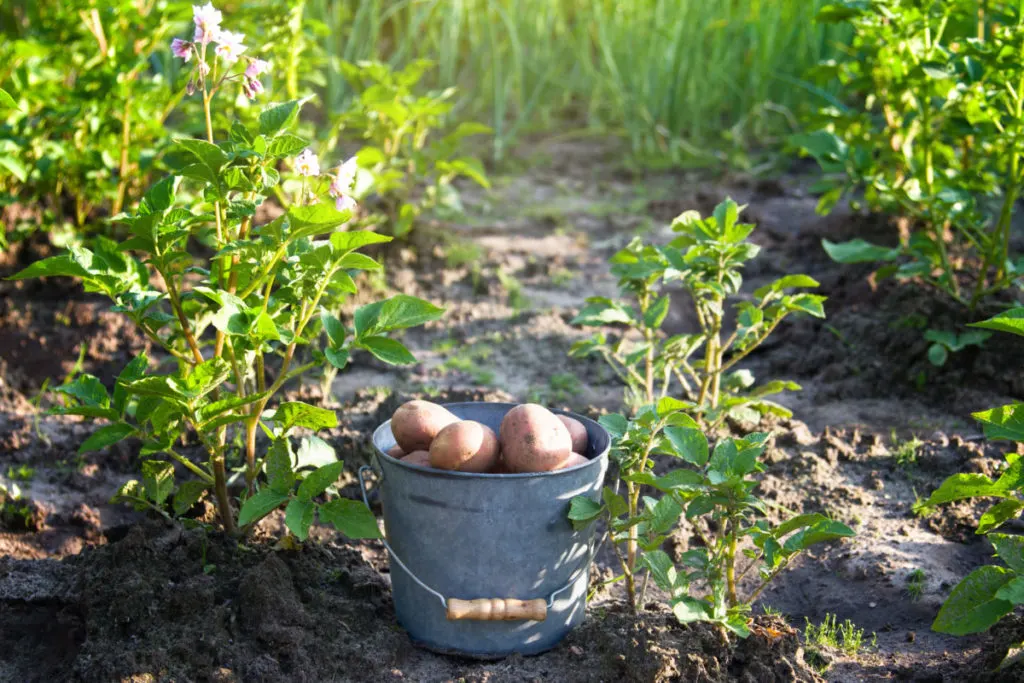
Potatoes are heavy feeders. Sometimes they even make you feel heavy if you eat too many at once…
If potatoes are allowed to deplete nutrients in the soil, you then have to rely on fertilizers for a second chance. Or to suffer the consequences of a lower yield. At the same time, it is worth considering companion planting for your potatoes. More specifically that potatoes should not be planted next to other nightshade family members, Brassicas, cucumbers, squash, sunflowers or carrots.
And if you have ever grown potatoes in your own garden, you will be well aware of the Colorado potato beetle. Getting rid of them is near impossible. Especially if you are feeding them the food they love best: potatoes.
Do you see the need yet for rotating plants in your garden? Potatoes might be an extreme example, yet it gets the point across.
While crop rotation is easier said than done, there is an overarching element that holds the practice together.
Do not plant the same vegetables in the same place year after year.
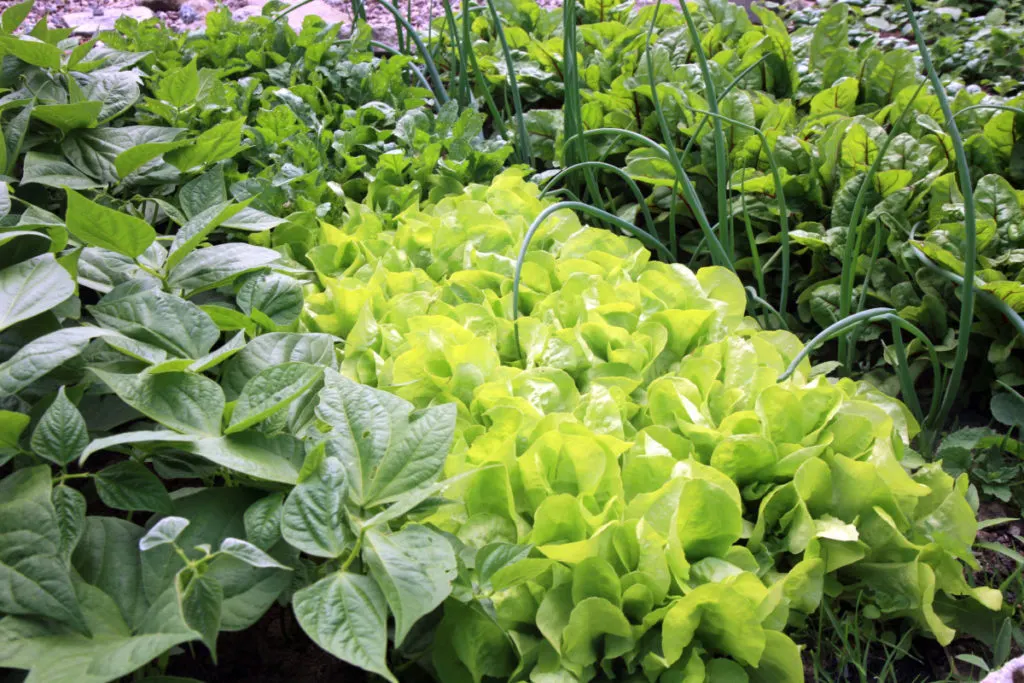
After that, you can begin to think and plan more complexly. Even incorporating some principles of permaculture into your garden design.
There are a couple of ways to introduce a crop rotation system into your own garden.
The first is by following a plan that separates your crops into four basic groups: root crops, fruit crops, leafy crops and legumes.
If you divided your garden into 4 distinct areas, you would then move (or plant) each section at the start of a new season.
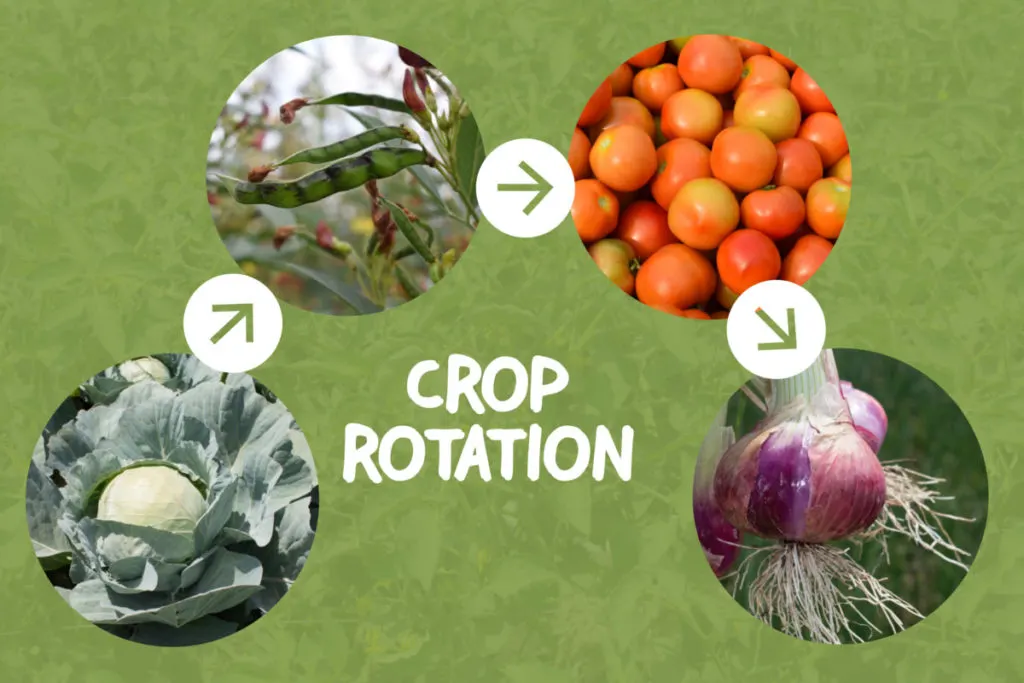
The four crop rotation sections being:
- legumes – peas, beans, fava beans, chickpeas, lentils, peanuts, clover, alfalfa
- leafy crops – kale, spinach, cabbage, lettuce, collard greens
- fruit crops – tomatoes, peppers, eggplants, cucumbers, melons, squashes
- root crops – radishes, onions, carrots, beets, garlic, turnips, parsnips, celeriac, horseradish, potatoes, sweet potatoes
This moving of crops assumes a 4-year rotation plan.
But, you must stick to this planting order: legumes, leaves, fruits and roots.
Move each plant section of your garden with the start of a season.
Leaves follow legumes to use up the excess nitrogen previously fixed in the soil by the legumes.
Fruits follow the leafy plants. Once some of that excess nitrogen has been used up, plants are free to grow an abundance of, you guessed it – fruits.
Roots follow fruits because they need less nitrogen to grow (excess nitrogen enhances shoot growth and reduces root growth).
Legumes follow roots to, once again, fix nitrogen in the soil.
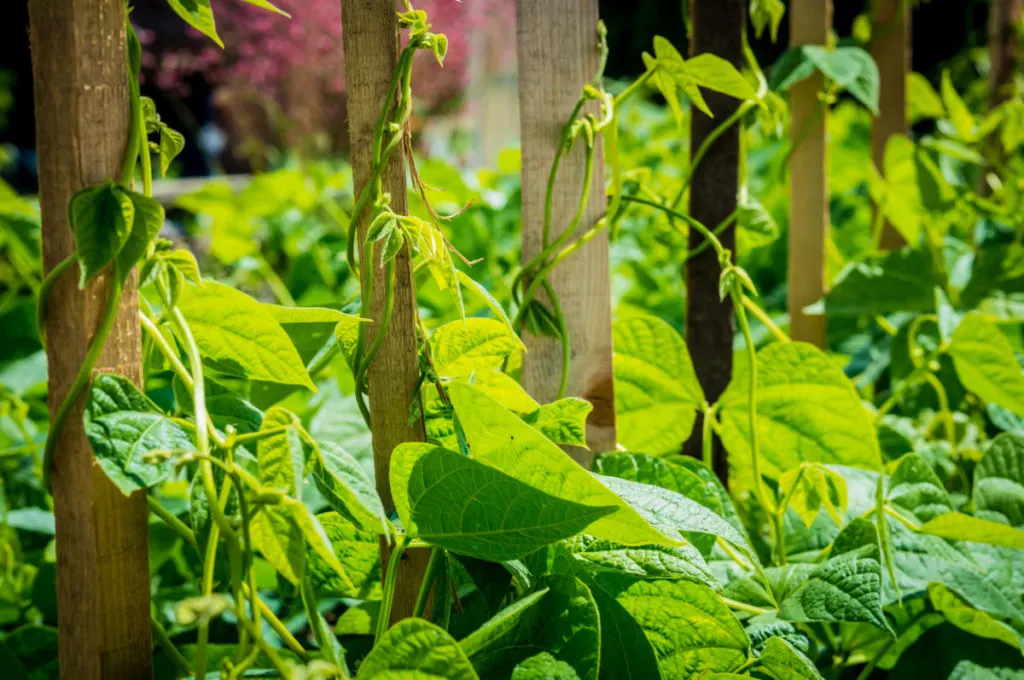
As you rotate your garden beds, you will be able to manage soil-borne diseases such as verticillium wilt. Crop rotation will also cut down on pesky soil-dwelling insects such as wireworms and corn rootworms.
Within this crop rotation, you may face limitations when it comes to growing crops you like a little less than the others. Take legumes for instance. Don’t forget that many legumes can become cover crops, simply to enrich the quality of the soil.
Or it may be that your fruiting crops take up way more space than your small amount of root crops.
Remember that crop rotation is not an exact science, so don’t aim for perfection in isolating your vegetables. Though it really does help to make an effort in not planting the exact same thing, in the same place year after year.
A second way to look at crop rotation
Another way to observe crop rotation is to move plant “families” around your garden, instead of using “groups” of plants.
Vegetables that are in the same botanical family, are often susceptible to the same pests and diseases. That is one of the reasons for planting carrots after tomatoes. And why you should plant Brassicas after peas and beans.
The tomato family (Solanaceae)
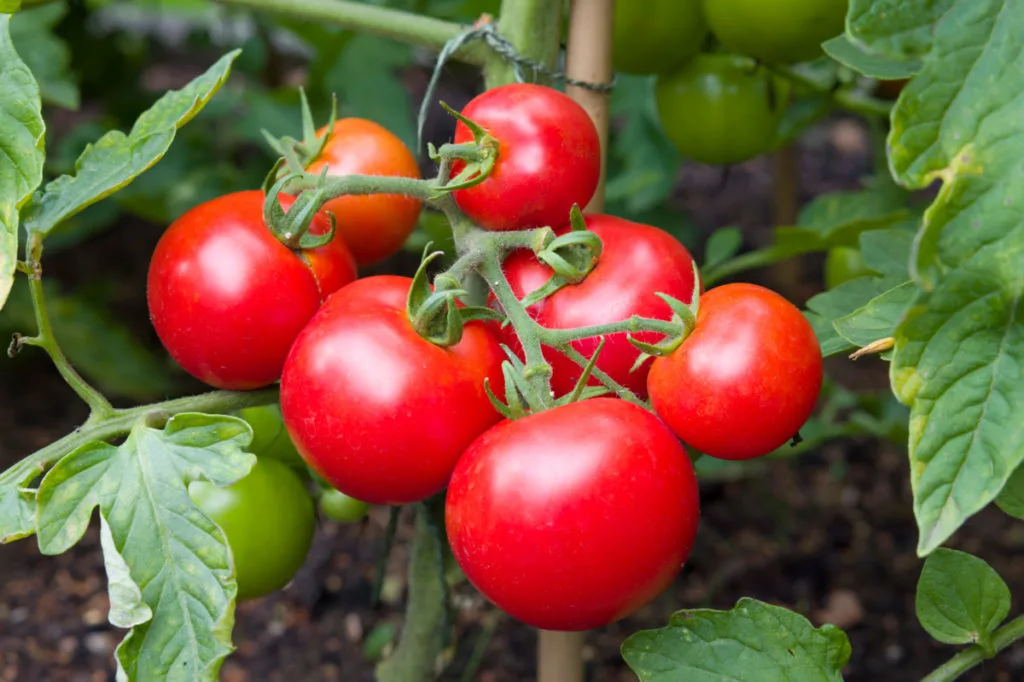
More than just tomatoes: peppers, potatoes and eggplant belong in the nightshade family. These are all heavy feeders.
Tomatoes should be rotated with another garden crop at least every two years – though you can even get them on a 5-year rotation plan.
You should also refrain from planting any nightshade crops before or after planting tomatoes.
The bean family (Fabaceae)
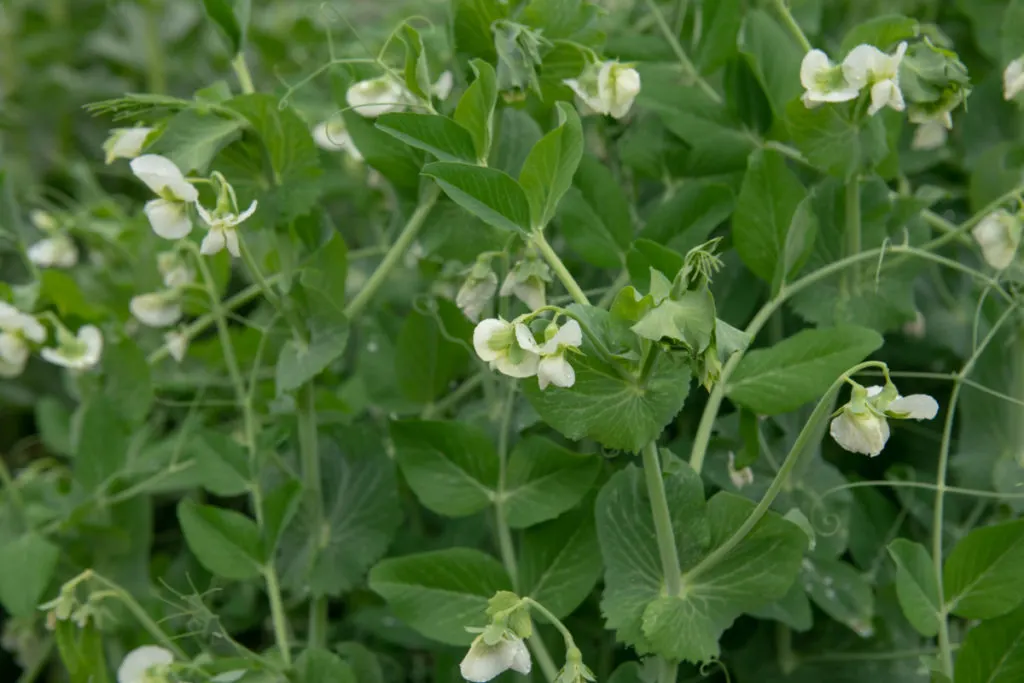
Green beans, peas, lentils, soybeans, jicama, peanuts, vetch, clover and all the rest of the beans fall into one big family.
One thing they all do is fix nitrogen in the soil.
Related reading: 40 Nitrogen Fixing Plants To Grow In Your Garden
The cabbage family (Brassicaceae)
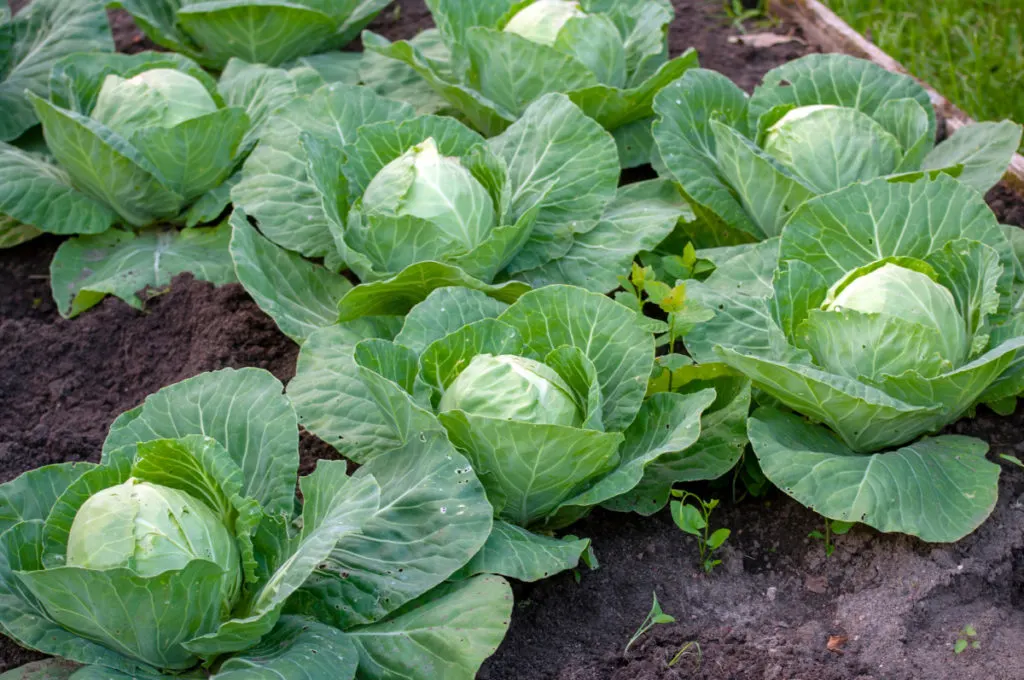
Leafy greens gorge themselves on nitrogen-rich soil.
If you want to eat lush leafy plants, sow your kale, broccoli, bok choy, kohlrabi, collard greens, cabbage and cauliflower after any member of the bean family.
The onion family (Alliaceae)
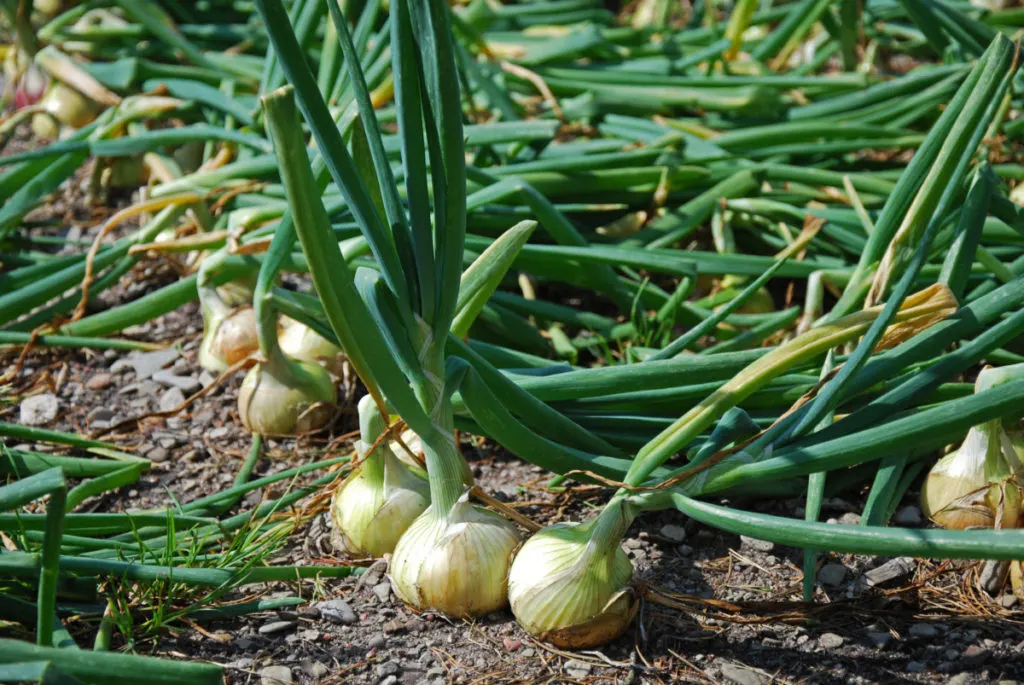
Chives, leeks, onions, garlic, scallions and shallots belong to the health-promoting group of Alliums. If you don’t have any growing in your garden, you should definitely plant them this year.
But, refrain from planting them in the same spot next year. The essence of crop rotation is to stop the spread of diseases. Move your onions to a new location each and every year.
The squash family (Cucurbitaceae)
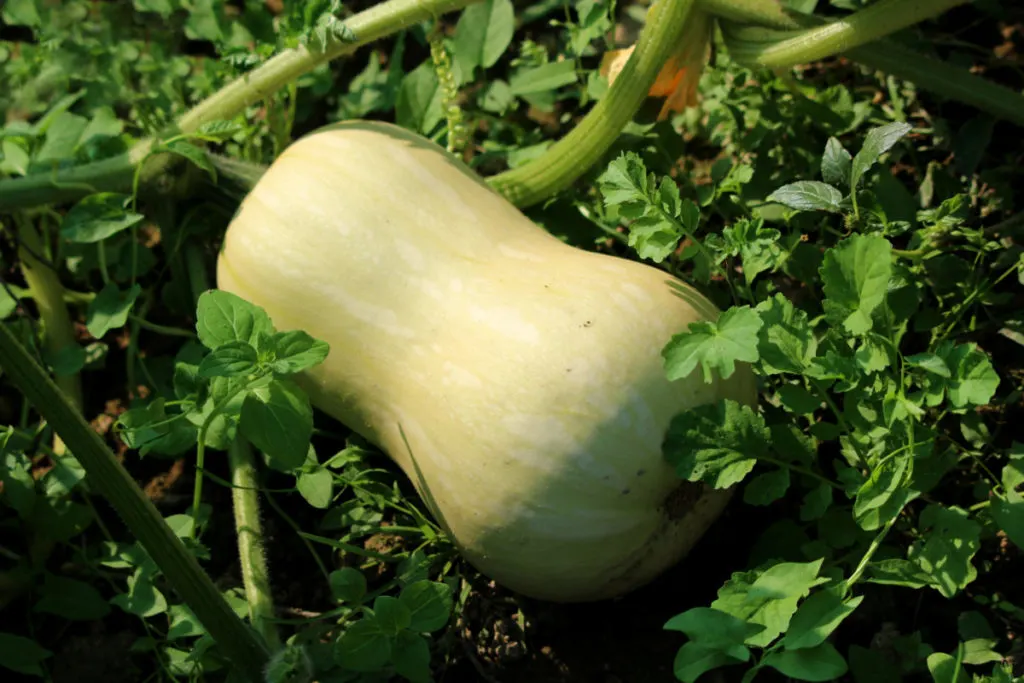
Squashes, like all members of the tomato family, are also heavy feeders.
These include summer and winter squashes, zucchini, cucumbers, melons, gourds and pumpkins.
The leafy green family (Amaranthaceae)
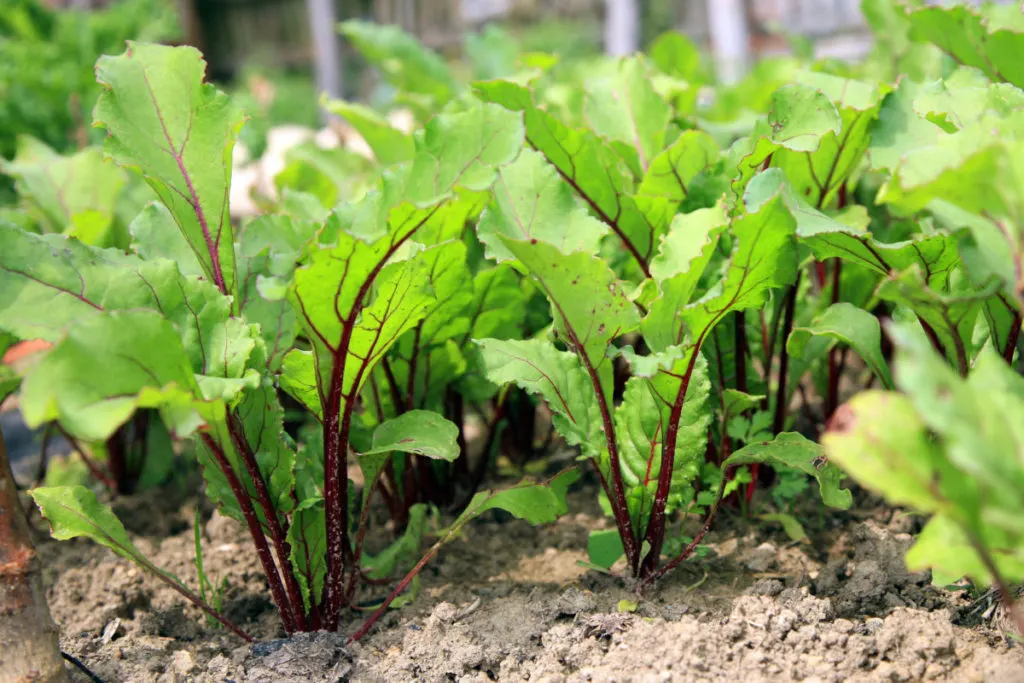
We aren’t talking about collard greens here. Rather, the other leafy greens you should be growing and eating: Swiss chard, spinach, beets (grow them for their leaves) and watercress.
Since these vegetable crops have relatively few diseases, they are also rule-breakers. You can use them to follow most other crops, especially if you are running out of dedicated planting space in the garden.
The carrots and other root(s) family (Umbelliferae or Apiaceae)
Under broad terminology, you can put carrots, celery, parsnip, parsley, celeriac, dill and fennel in one related group.
Following the logic from above, roots should follow fruits. Use this opportunity to plant your carrots after tomatoes.
The bottom line of crop rotation
Don’t plant any vegetables in the same family, in the same location, for at least 3 years.
Even if this means simply moving your groups of plants, or families of plants, a few rows to the left or right, just do it.
If you think you are going to remember, where you planted your garlic three years ago, good luck!
As you rotate plants throughout your garden, don’t forget to make a garden map – or keep a detailed garden journal about your plans to avoid any confusion.
When does crop rotation not apply?
If you are growing food in containers, then you will automatically be inclined to changing your growing medium (potting soil) as the nutrients become depleted.
Also, if you are gardening in raised beds, where you change your planting mix every 2-3 years, it is worth noting that crop rotation is far less important than companion planting.
Anywhere you will be changing the growing medium, there will be little need for crop rotation.
One last thing before you go…
While crop rotation works better on larger vegetable plots, it is still worth applying the basic principles to smaller gardens as well. Even a minimal rotation will make a noticeable difference.
Of course, there will always be a difference of opinion. Some gardeners say that tomatoes shouldn’t be planted in the same spot for at least three years. Others will tell you that they’ve grown their prize-winning tomatoes in the exact same spot for 10 years in a row.
So where does that leave you and your garden?
It leaves you with your own intuition, your gardening skills, your land and your common sense.
In order to know if crop rotation really works, it looks like you’ll have to try it out for yourself. Then share your results with the world.

Get the famous Rural Sprout newsletter delivered to your inbox.
Including Sunday ramblings from our editor, Tracey, as well as “What’s Up Wednesday” our roundup of what’s in season and new article updates and alerts.

